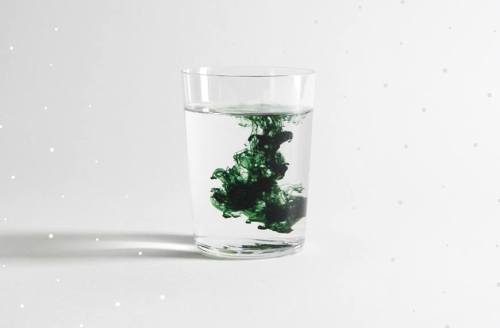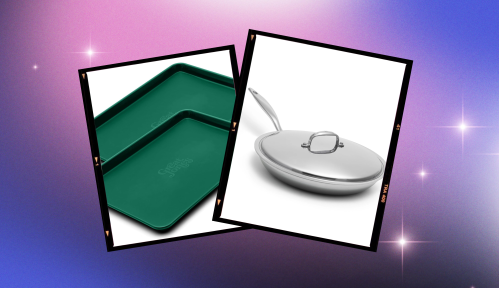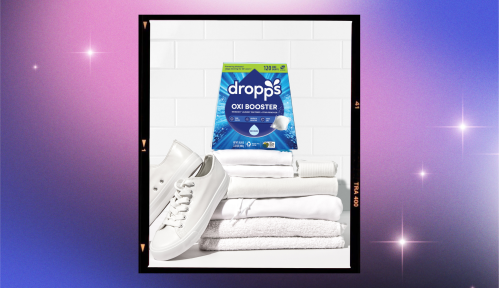If you haven’t been living under a mossy green wellness rock, you know that chlorophyll is the jade-toned pigment found in fruits, veggies, and other plants. The verdant hue adds more than just brightness to your salads—a source of vitamins A, C, E, and K, chlorophyll is best known for its detoxifying properties. (It’s believed to help flush heavy metals and potentially cancer-causing chemicals from the body.) But what many people don’t know is that it may also be seriously supportive for digestion.
Like other gut-health superstars, such as probiotics and black tea, chlorophyll’s purported benefits have to do with the microbiome. “Chlorophyll helps with digestion by increasing the beneficial bacteria in the digestive tract. It’s also antimicrobial, so it gets rid of harmful bacteria while maintaining healthy ones,” says Lisa Samuels, RD, founder of The Happie House. (Animal studies seem to back this hypothesis up.)
She goes on to say that a strong microbiome promotes the absorption of important nutrients—meaning that you might be better able to reap the full rewards of all the vitamins, minerals, and other beneficial compounds in your healthy diet.
And because chlorophyll is said to be detoxifying, it naturally aids important organs in the digestive process—the liver, in particular. “Chlorophyll works to detoxify the liver, which helps digest fats,” Samuels explains. (Good news for keto diet devotees.)
“Chlorophyll helps with digestion by increasing the beneficial bacteria in the digestive tract.”—Lisa Samuels, RD
Some of the best whole-food sources of chlorophyll are spinach, parsley, green beans, and arugula. But today, you’ll find chlorophyll in everything from waters to tonics to superfood cocktails. So do they provide the same benefits?
Not exactly. “It’s great to get chlorophyll from whole foods, but when we cook vegetables, they lose some of their chlorophyll levels, and that’s where supplements can help,” Samuels says. She recommends gel-cap supplements because they can contain the natural form of chlorophyll found in vegetables. Liquid chlorophyll is usually made from a synthetic derivative called chlorophyllin, and though she says it offers the same detoxification benefits, it may not be as helpful for the microbiome. “The gel caps are especially rich in magnesium,” she says. “Just make sure the first ingredients are chlorophyll A and B and magnesium.”
You should also be sure to take your non-liquid chlorophyll supplement with a meal, as this form of the nutrient is best absorbed in the presence of fat. “The best way to take it is with a healthy fat, like avocado, olive oil, or nuts,” Samuels says.
The dietitian recommends taking chlorophyll if you haven’t been eating well, are recovering from getting sick, or need to detox after a vacation. So basically, all 99 days of summer.
Two other ways to keep your microbiome on point: Eat plenty of fiber and avoid this common ingredient in your toothpaste.
Sign Up for Our Daily Newsletter
Get all the latest in wellness, trends, food, fitness, beauty, and more delivered right to your inbox.
Got it, you've been added to our email list.











